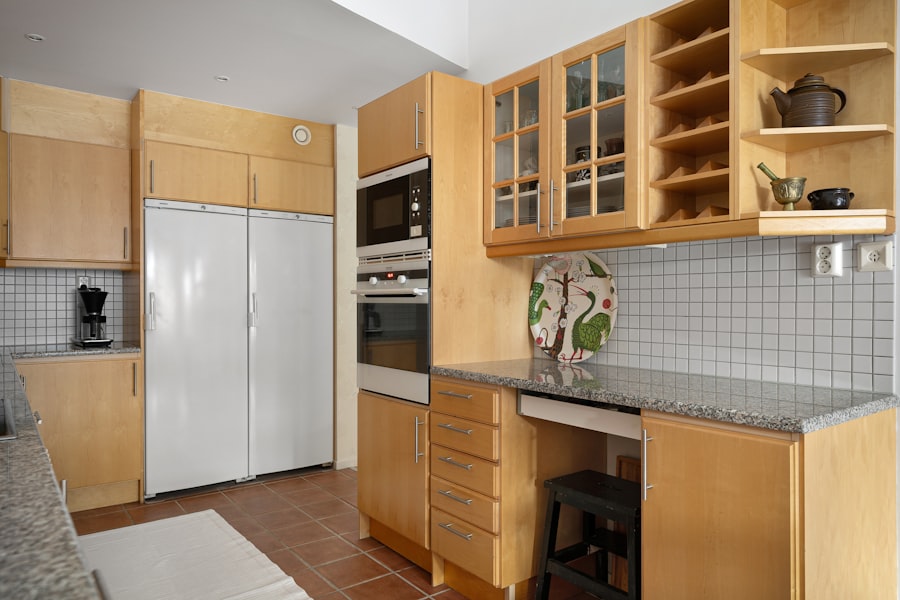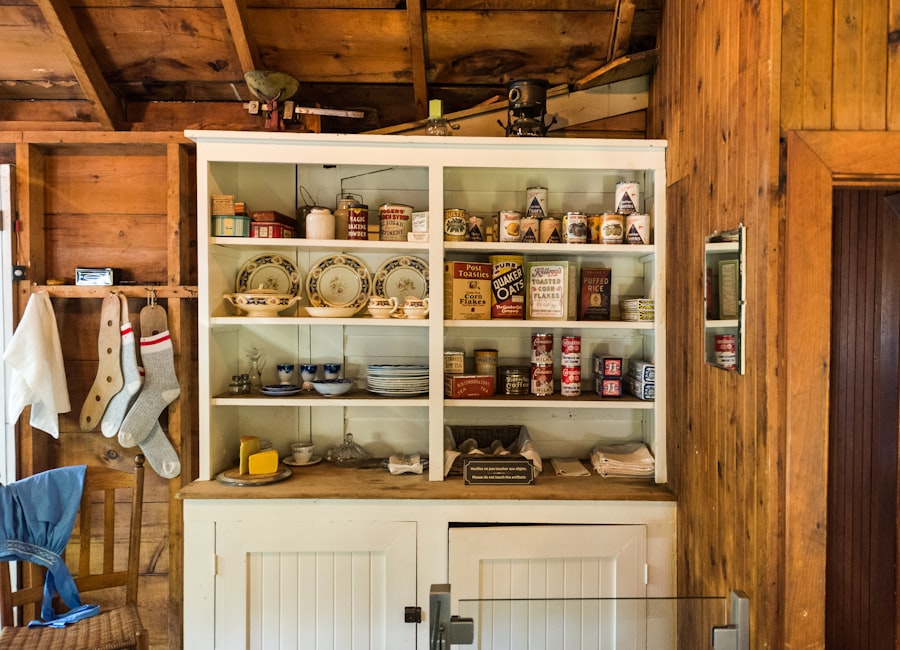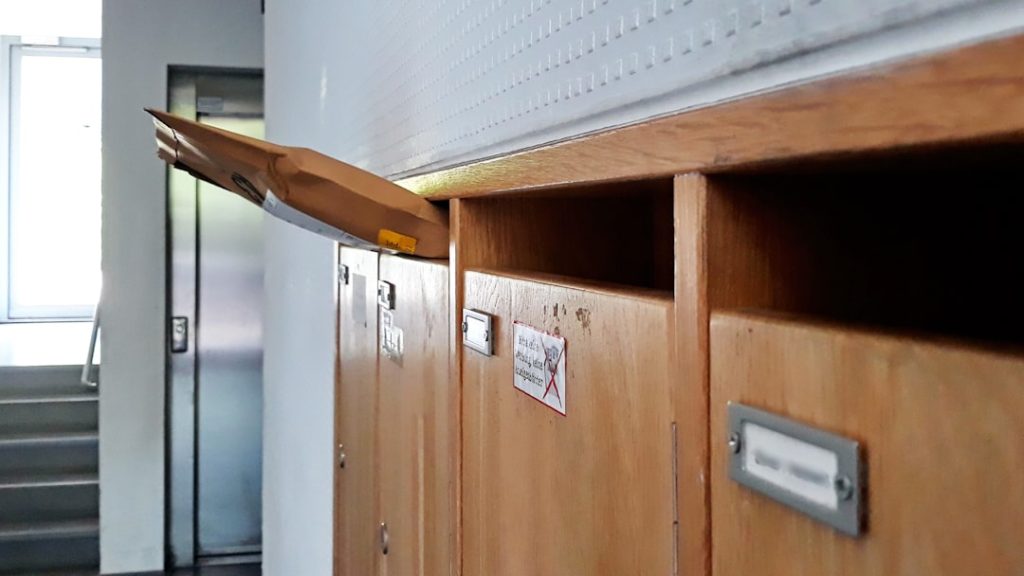Before embarking on any storage solution project, it is crucial to first assess and understand your specific storage needs. This involves a thorough evaluation of the items you intend to store, their sizes, and how frequently you access them. For instance, if you are organizing a kitchen, consider the types of cookware, utensils, and pantry items you have.
Are there bulky appliances that require dedicated space? Do you have a collection of seasonal items that only see the light of day a few times a year? By categorizing your belongings, you can create a more tailored storage plan that maximizes efficiency and minimizes clutter.
Additionally, understanding your storage needs also means considering the layout and dimensions of your space. Take measurements of your available areas and visualize how different storage solutions will fit within those confines. For example, if you have a small closet, it may not be practical to install large shelving units that take up too much room.
Instead, you might opt for compact solutions that utilize every inch effectively. This initial assessment phase is vital; it sets the foundation for all subsequent decisions regarding storage solutions, ensuring that they align with your lifestyle and preferences.
Key Takeaways
- Assess your storage requirements to optimize closet design effectively.
- Maximize vertical space to increase storage capacity without expanding footprint.
- Use adjustable shelving for flexible and customizable storage options.
- Select door styles that enhance accessibility and complement your space.
- Integrate lighting to improve visibility and ease of use within the closet.
Utilizing Vertical Space
One of the most effective strategies for maximizing storage in any environment is to utilize vertical space. Many people overlook the potential of their walls, but they can be transformed into valuable storage areas. For instance, in a home office, wall-mounted shelves can hold books, files, and decorative items, freeing up desk space for more functional use.
Similarly, in a kitchen, installing shelves above countertops can provide easy access to frequently used items while keeping them off the workspace. In addition to shelves, vertical storage can also include hooks and pegboards. In a garage or workshop, pegboards can be used to hang tools and equipment, making them easily accessible while keeping the floor clear.
This not only enhances organization but also improves safety by reducing tripping hazards. By thinking vertically, you can create a more open and spacious environment while ensuring that all necessary items are within reach.
Incorporating Adjustable Shelving

Adjustable shelving is an invaluable asset in any storage solution due to its versatility and adaptability. Unlike fixed shelves, adjustable options allow you to customize the height and spacing according to your specific needs. This is particularly beneficial in spaces where the size and type of items may change over time.
For example, in a children’s room, adjustable shelves can accommodate toys and books of varying sizes as children grow and their interests evolve. Moreover, adjustable shelving can be particularly advantageous in closets and pantries. In a pantry, for instance, you might start with larger containers for bulk items at the bottom and gradually adjust the shelves as you incorporate smaller jars or boxes for spices and snacks.
This flexibility not only maximizes storage efficiency but also enhances accessibility, allowing you to easily rearrange items as needed without the hassle of installing new shelving units.
Choosing the Right Door Style
| Door Style | Material | Typical Use | Durability | Maintenance | Cost Range | Energy Efficiency | Privacy Level |
|---|---|---|---|---|---|---|---|
| Panel Door | Wood, MDF | Interior & Exterior | High | Medium | Moderate | Good | High |
| Flush Door | Wood, MDF, Metal | Interior | Medium | Low | Low to Moderate | Moderate | High |
| French Door | Wood, Glass | Interior & Exterior | Medium | High | Moderate to High | Moderate | Low |
| Sliding Door | Glass, Aluminum, Wood | Exterior | High | Medium | Moderate to High | High | Medium |
| Barn Door | Wood, Metal | Interior | High | Low | Moderate | Low | Medium |
| Bi-Fold Door | Wood, Aluminum, Glass | Interior & Exterior | Medium | Medium | Moderate to High | High | Medium |
The choice of door style for cabinets and storage units can significantly impact both functionality and aesthetics. Different door styles offer varying levels of accessibility and visual appeal. For instance, sliding doors are an excellent option for tight spaces where traditional swinging doors may not have enough clearance.
They allow for easy access without requiring additional room to open outward, making them ideal for closets or pantry areas. On the other hand, bi-fold doors can provide a stylish solution while maximizing access to stored items. These doors fold back on themselves, allowing for a wide opening that makes it easy to see everything inside.
In contrast, traditional hinged doors may offer a more classic look but can limit access in smaller spaces. When selecting door styles, consider not only the practical aspects but also how they complement the overall design of your space. The right door style can enhance both functionality and visual harmony within your home.
Implementing Pull-Out Drawers
Pull-out drawers are an innovative solution that enhances accessibility and organization in various storage areas. Unlike traditional shelves where items can become buried or difficult to reach, pull-out drawers allow you to easily access everything stored within them. This is particularly useful in kitchens where pots and pans can be heavy and cumbersome to lift out from deep cabinets.
With pull-out drawers, you can simply slide them out to view all contents at once. In addition to kitchens, pull-out drawers are also beneficial in bathrooms and closets. In a bathroom vanity, pull-out drawers can store toiletries and cleaning supplies neatly while keeping them hidden from view.
In closets, they can be used for shoes or accessories, allowing for easy selection without having to rummage through piles of items. The implementation of pull-out drawers not only improves organization but also enhances the overall user experience by making it easier to find and retrieve items.
Adding Built-In Organizers

Built-in organizers are an excellent way to create a seamless storage solution that maximizes space while maintaining a clean aesthetic. These custom solutions can be designed to fit specific areas within your home, such as closets, garages, or home offices. For example, a built-in closet organizer can include compartments for shoes, bags, and clothing items tailored to your wardrobe needs.
This level of customization ensures that every item has its designated place, reducing clutter and enhancing organization. Moreover, built-in organizers can also incorporate features such as pull-out hampers or integrated lighting for added convenience. In a garage setting, built-in organizers can include shelving for tools alongside designated spaces for sporting equipment or gardening supplies.
The beauty of built-in organizers lies in their ability to blend seamlessly with existing architecture while providing functional solutions that cater specifically to your lifestyle.
Utilizing Corner Space
Corner spaces are often underutilized in homes due to their awkward angles and difficult accessibility. However, with creative design solutions, these areas can be transformed into valuable storage zones. One popular option is the use of corner cabinets or lazy Susans in kitchens or dining areas.
These rotating shelves allow for easy access to items stored in the back corners that would otherwise be hard to reach. In living rooms or family rooms, corner shelving units can serve as both functional storage and decorative displays for books or collectibles. By strategically placing furniture or shelving units in corners, you can maximize every inch of your space while creating visually appealing focal points.
Embracing corner spaces not only enhances storage capacity but also contributes to a more cohesive design throughout your home.
Incorporating Lighting for Visibility
Effective lighting is an often-overlooked aspect of storage solutions that can dramatically improve visibility and accessibility. Poorly lit areas can make it challenging to locate items quickly, leading to frustration and inefficiency. Incorporating lighting into storage spaces—such as under-shelf lighting in kitchens or motion-sensor lights in closets—can illuminate dark corners and enhance overall usability.
In addition to functional benefits, lighting can also add an aesthetic element to your storage solutions. For example, backlit shelves in a living room can highlight decorative items while providing ambient light in the space. Similarly, LED strip lights inside cabinets can create a modern look while ensuring that everything is easily visible when the doors are opened.
By prioritizing lighting in your storage design, you not only improve functionality but also elevate the overall ambiance of your home environment.



